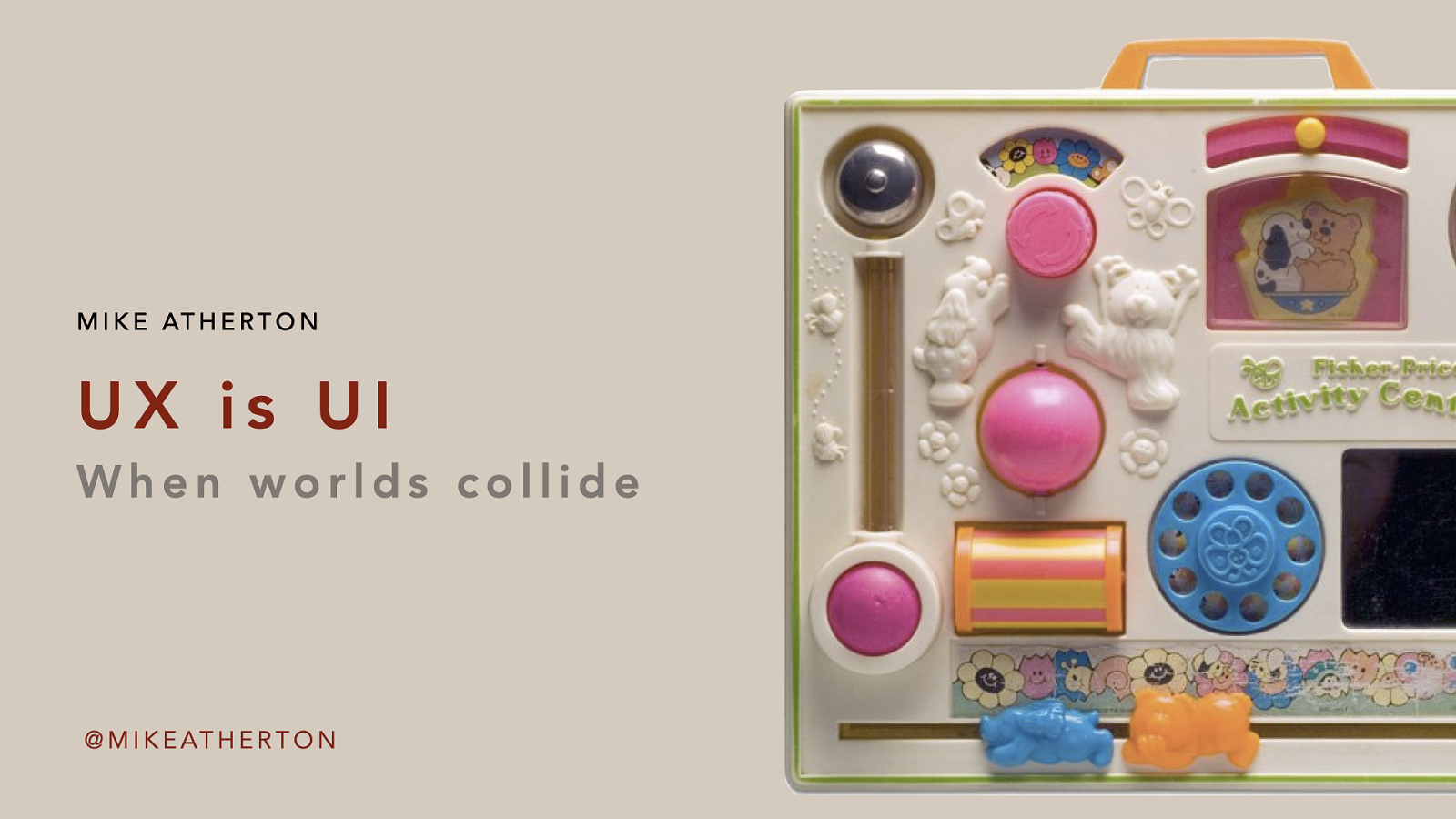UX is UI: When Worlds Collide
So I was on Linkedin the other day, browsing the news feed as you do. Looking for pearls of business wisdom in between all the motivational JPEGs from shiny-faced marketing managers. Now you might think of the LinkedIn feed as a human centipede of regurgitated brain farts. You might think that, but since I got my new job I’m not allowed to punch down.
I play a game with myself to find all the UX memes. Just what is it that people think we do all day? Well never let it be said I don’t do my due diligence. I’ve thoroughly researched it on LinkedIn and I feel confident that I can now tell you exactly what UX is.




























































